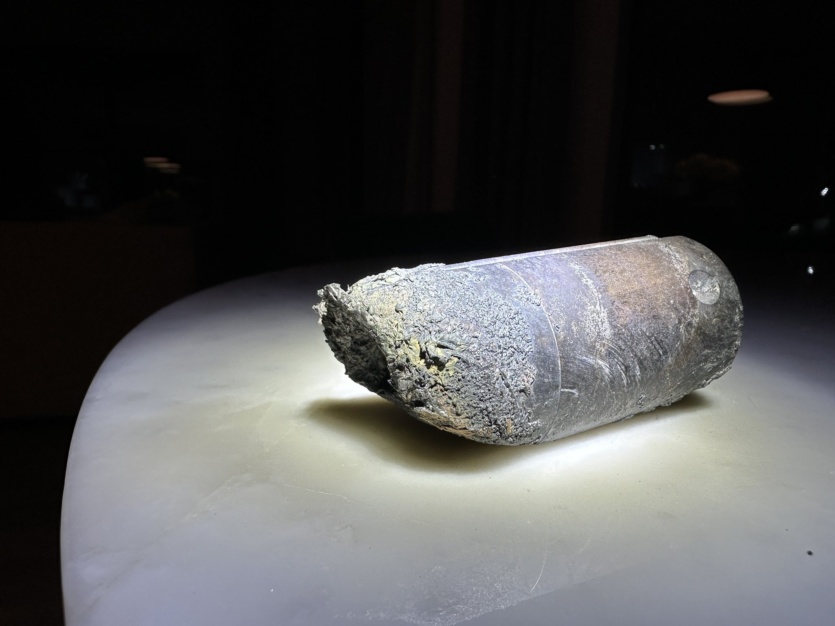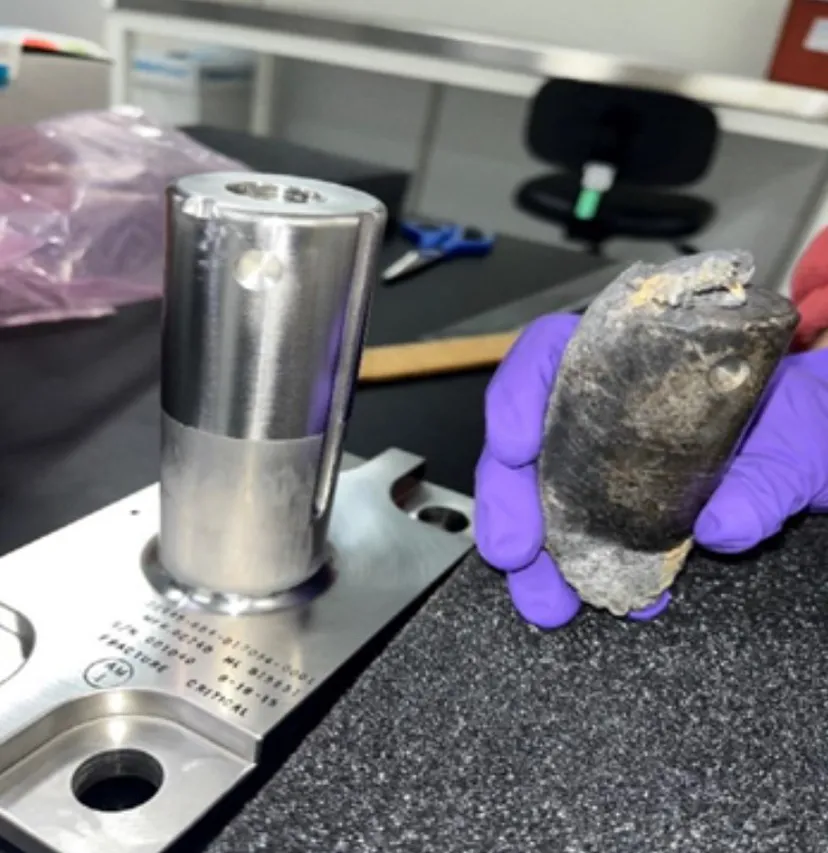
In March, a kilogram piece of metal pierced the roof and floor in the two-story house of Florida resident Alejandro Otero. Later it turned out that it was space debris — viz, support for the cargo pallet for batteries with a total weight of 2630 kg, which was ejected from the ISS in 2021.
At the time, Otero’s 19-year-old son was in the house, but fortunately, there were no injuries.
«We can’t help but think about what could have happened if he had gone a little to the right or left,» Otero said. «We were very lucky».
At the same time, in addition to moral damages, the family suffered material losses. By according to NPRThe man’s insurance consultant estimated the cost of repairs at $15,000, but there are other damages to the house that are not covered by insurance.
«We are sending NASA our claim, which will include insured and non-insured damages,» the man said, adding that his lawyer had contacted the space agency’s legal team.
NASA expected the equipment to burn up completely during reentry, despite the fact that other experts disagreed with the agency. The Aerospace Corporation Research Center noted that «usually» 20-40% of the mass of a large object reaches the ground (the exact percentage depends on the design). The European Space Agency also recognized that some fragments of the structure could reach the ground.

The story of the debris itself, related to by the unsuccessful launch of a Russian spacecraft «alliance». More than 5 years ago, due to problems with the rocket during launch, it made a rapid ballistic descent — NASA astronaut Nick Haig was on board, who was supposed to go into space to install a new set of lithium-ion batteries delivered by the Japanese HTV cargo ship to the ISS, but the mission was postponed until 2018.
This delay in the carefully crafted schedule has thrown a wrench into the entire multi-year plan to modernize the batteries of the ISS electrical system. Each time, the HTV ship delivered new batteries to the station and picked up the old ones — the last time it happened in 2020, and since then the last design with faulty batteries has remained on the ISS (other cargo vehicles — SpaceX’s Dragon, Northrop Grumman’s Cygnus and Russia’s «Progress» — cannot accommodate the HTV cargo pallet). In March 2021, NASA’s «ejected a» battery cargo using a robotic arm — it drifted in orbit for three years until aerodynamic drag pushed the structure back into the atmosphere.

Spelling error report
The following text will be sent to our editors: